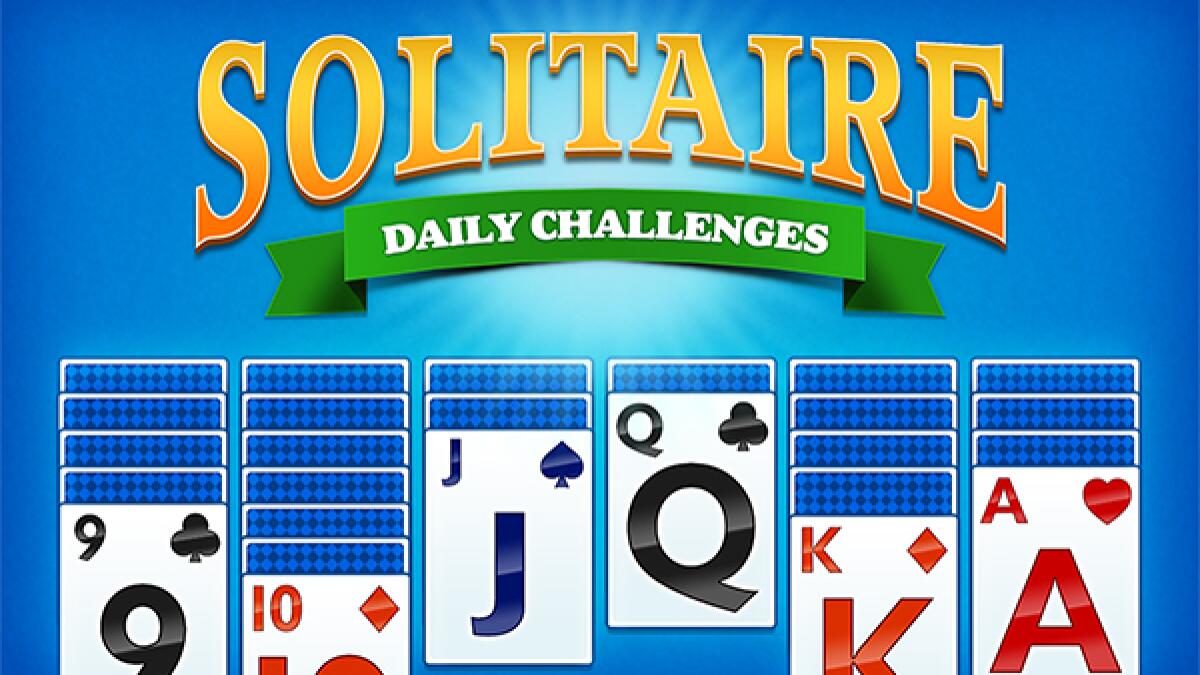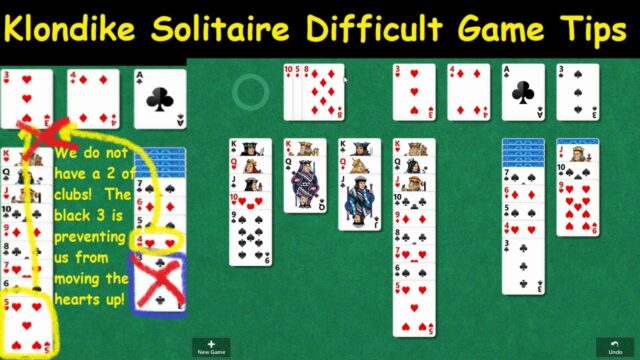
Klondike Solitaire, often simply referred to as Solitaire, stands as a hallmark in the realm of card games, offering both a relaxing pastime and a stimulating challenge. This game, with its humble beginnings, has transcended generations and geographical boundaries, becoming a beloved activity for many. The essence of Klondike Solitaire lies in its blend of luck and strategy, making every game a unique puzzle to solve. This guide aims to unravel the intricacies of Klondike Solitaire, presenting a comprehensive step-by-step tutorial complemented by expert tips to enhance your gameplay.
The Basics of Klondike Solitaire
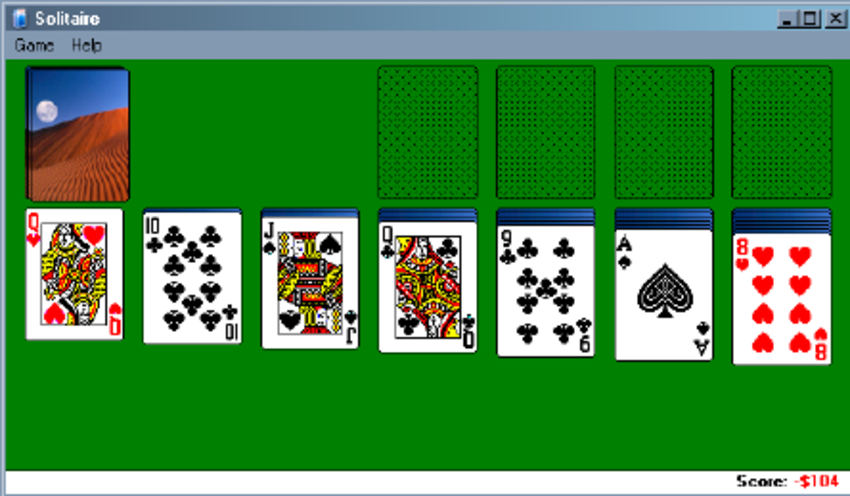
At its core, Klondike Solitaire is played with a standard deck of 52 playing cards, excluding Jokers. The primary objective is to build four foundation piles, one for each suit, starting with Aces and ending with Kings. The journey towards achieving this goal, however, is paved with strategic decisions, the careful maneuvering of cards, and occasionally, the whims of chance. Stary playing Klondike solitaire at three card solitaire.
Setting Up the Game
The game begins with the tableau setup, which consists of seven columns. The first column contains one card, the second two cards, and so forth, up to the seventh column, which contains seven cards. Each column’s top card is placed face-up, while the remaining cards are face-down. The cards that are not dealt into the tableau form the stockpile, which plays a crucial role in the game’s progression.
Understanding the Tableau
The tableau is not merely a static setup but a dynamic playground where much of the game’s action unfolds. Players can move cards between columns following specific rules: cards must be placed in descending order and must alternate in color. For instance, a black 6 can only be placed on a red 7. This alternating color scheme adds a layer of complexity and strategy to the game, as it requires players to plan several moves ahead.
The Role of the Stockpile
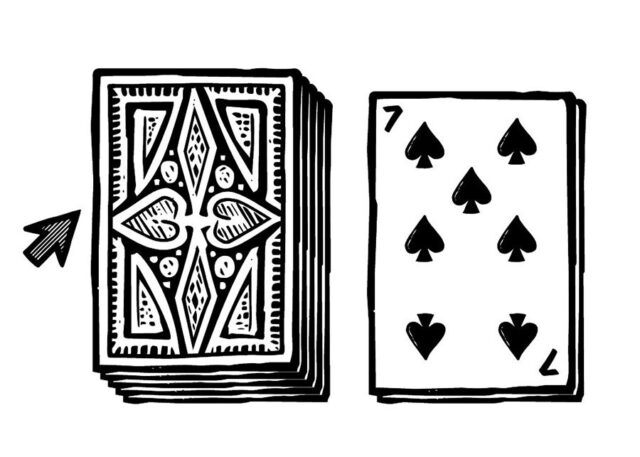
The stockpile, often the game’s lifeline, contains the remaining cards not in the tableau. Players turn over cards from the stockpile, typically one at a time, but variations allow for three at a time, which can then be played onto the tableau or directly onto the foundations. The strategy of managing the stockpile is crucial, as it can often determine the game’s outcome.
Building the Foundations
The ultimate aim of Klondike Solitaire is to build the four foundation piles. Each foundation begins with an Ace and is built up in ascending order to the King, strictly within the same suit. The joy of moving a card to its rightful place in the foundation is matched by the strategic planning required to get it there.
Expert Tips for Enhancing Gameplay
While understanding the rules is crucial, mastering Klondike Solitaire requires insight beyond the basics. Here are some expert tips to elevate your game:
Prioritize the Tableau: Early in the game, focus on arranging the tableau. Creating empty spaces and revealing hidden cards can provide more maneuvering options.
Ace and Two Strategy: Whenever possible, move Aces and Twos to the foundations. This might seem obvious, but it’s a foundational strategy that can sometimes be overlooked in the quest for larger moves.
King Spaces: Only move Kings to empty spaces if the move advances your game. Placing a King locks the space, so ensure it’s a strategic decision.
Stockpile Tactics: Be mindful of the stockpile. If you’re turning over three cards at a time, remember the order and plan for how you can access and use these cards.
Balance Between Foundations: Build foundations evenly. Overcommitting to one suit can limit your moves and block your progress.
Navigating Challenges and Setbacks
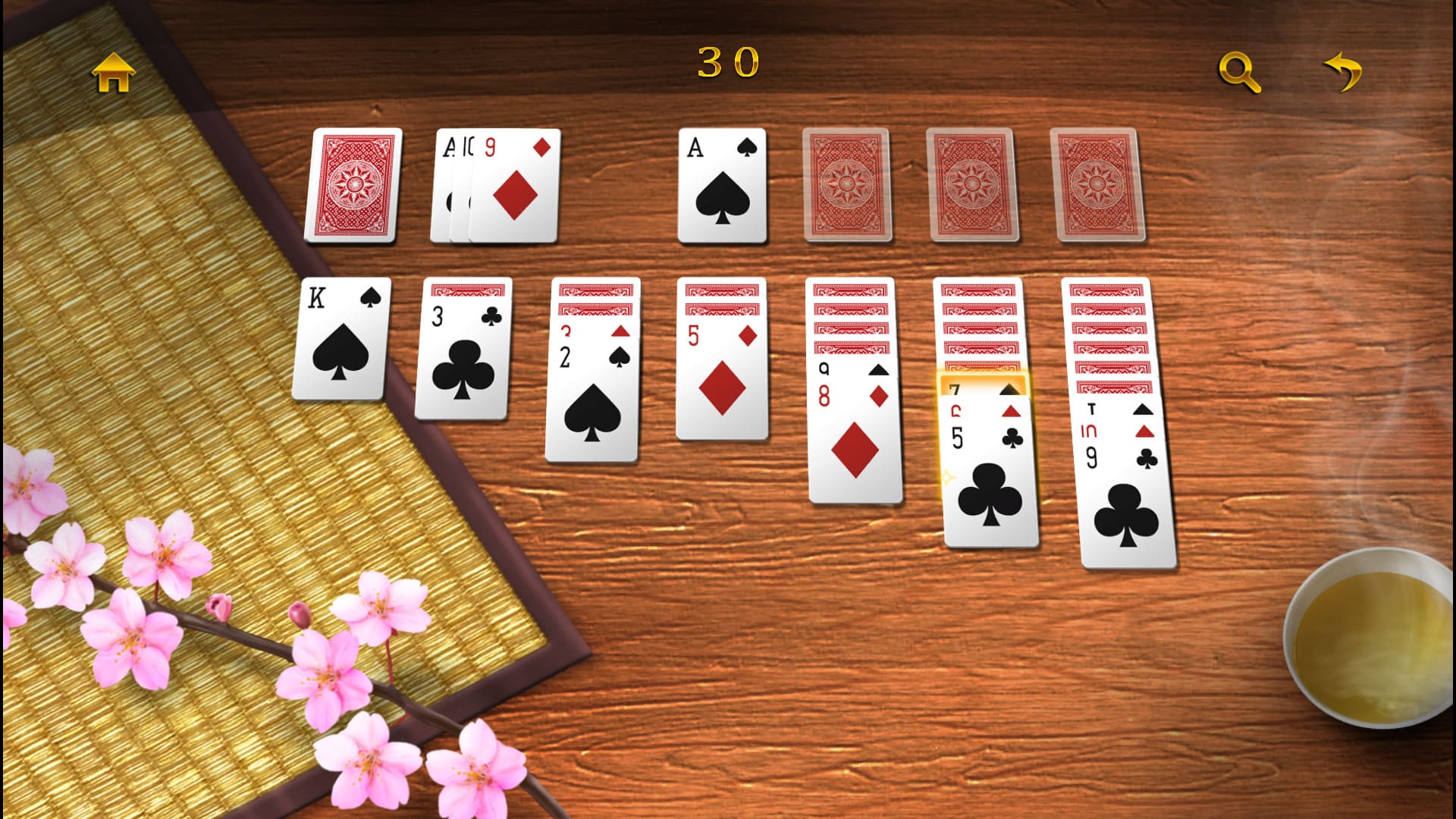
Klondike Solitaire is as much about overcoming challenges as it is about strategic play. Not every game is winnable, but each game offers a puzzle that sharpens your problem-solving skills. When faced with a seemingly insurmountable challenge, take a step back, review your strategy, and look for alternative moves you might have missed.
The Role of Patience and Perseverance
Patience is not just a virtue in life but a necessity in Klondike Solitaire. Some games will test your limits, requiring you to persevere through difficult setups and unlucky stockpile turns. The satisfaction of solving a particularly challenging game, however, is unparalleled.
Digital Solitaire: A Modern Twist
In the digital age, Klondike Solitaire has found a new lease on life, with countless apps and online platforms offering various versions of the game. Digital solitaire can include hints, undo buttons, and timed challenges, adding new dimensions to the classic game.
Embracing Variations of Klondike Solitaire
Klondike Solitaire, in its classic form, is universally cherished, yet the game’s adaptability has led to a multitude of variations, each offering unique challenges and strategic depth. Variations like Double Klondike, with two decks, or Easthaven, with a different tableau setup, provide fresh perspectives on traditional gameplay. Exploring these variations not only adds diversity to your Solitaire experience but also sharpens your strategic thinking, as each variant comes with its own set of rules and challenges.
The Social Aspect of Solitaire
While Solitaire is traditionally a solitary game, its digital evolution has introduced a social dimension. Online leaderboards, multiplayer options, and social media sharing have transformed Klondike Solitaire into a platform for community and competition. Players can now share their high scores, compete with friends, or even participate in global tournaments. This social integration has enriched the Solitaire experience, making it not just a game of personal achievement but also of communal engagement.
Conclusion: The Ever-Evolving World of Klondike Solitaire
Klondike Solitaire stands as a beacon of strategic depth and enduring appeal in the world of card games. Its classic gameplay has been the foundation for countless variations, each bringing new challenges and opportunities for strategic exploration. Moreover, the game’s transition into the digital age has not only preserved its essence but also expanded its horizons, introducing elements of community and competition.

